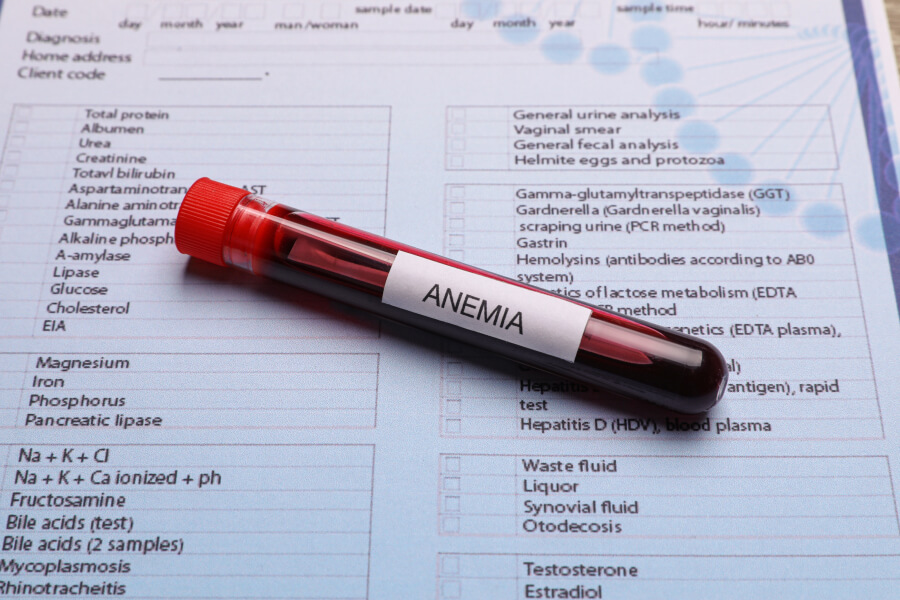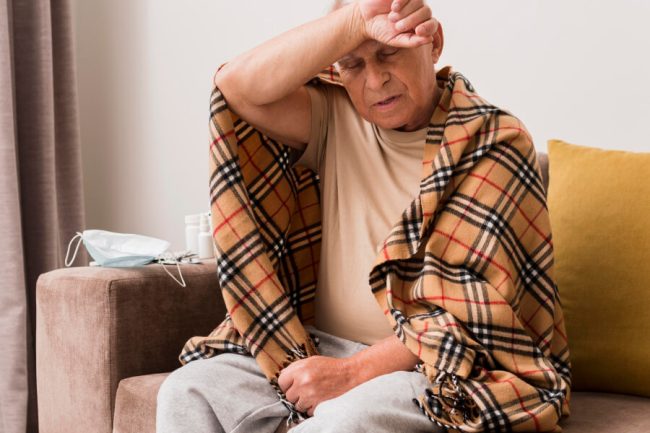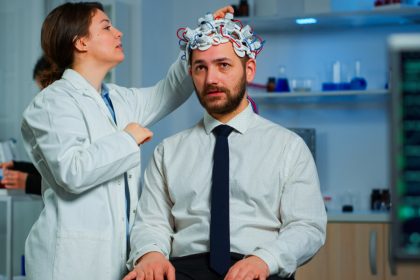Anemia is a condition where the body doesn’t have enough healthy red blood cells to carry oxygen to tissues, leading to fatigue, weakness, and other symptoms. While it can affect people of any age, its causes and consequences vary greatly depending on the age group.
Understanding how anemia manifests in children, adults, and the elderly through the unique aspects of anemia across different life stages and how to manage it in each age group can help us in recognizing the effective diagnosis and treatment.
Anemia in Children
Iron-deficiency in children is not uncommon, but it requires careful attention as it can hinder growth, development, and learning. Parents often overlook the subtle its signs, mistaking them for general tiredness.
Symptoms and Signs in Children
- Pale skin
- Fatigue or lethargy
- Irritability
- Shortness of breath
- Delayed growth or developmental delays
Causes Specific to Children
- Iron deficiency, which is the most common form, is usually due to insufficient iron in the diet.
- Vitamin B12 deficiency from a poor diet.
- Inherited disorders, such as sickle cell anemia or thalassemia.
Treatment Approaches for Anemia in Children
Treating deficiency in children usually involves addressing the underlying cause. Iron supplements are often recommended, alongside a diet rich in iron-containing foods like spinach, lentils, and fortified cereals. In cases of genetic anemia, such as sickle cell disease, ongoing medical care is essential.
Anemia in Teenagers
Adolescence is a time of rapid growth, and the demand for iron increases, especially for girls due to menstruation. As a result, It is more common in this age group, particularly iron-deficiency anemia.
Prevalence in Teenagers
- Iron-deficiency anemia is most common in teenage girls.
- Poor dietary habits, such as skipping meals or following restrictive diets, often contribute to this deficiency.
Signs and Symptoms in Teenagers
- Poor academic performance
- Fatigue
- Dizziness or fainting
- Difficulty concentrating
Underlying Causes in Teenagers
- Menstruation: Heavy menstrual periods can cause significant blood loss, leading to iron deficiency.
- Growth spurts: Teenagers, especially boys, need more iron to support rapid growth.
Management Strategies for Teenagers
- A diet rich in iron and vitamins is essential for managing in teenagers. Including foods like lean meats, beans, and leafy greens can help meet their increased nutritional needs.
- In some cases, doctors may recommend iron supplements to restore healthy levels.
Anemia in Adults
This can arise from various causes, including chronic diseases, dietary deficiencies, or lifestyle factors such as stress and poor eating habits.
Common Types in Adults
- Iron-deficiency anemia due to poor nutrition or blood loss (e.g., menstruation, ulcers).
- Vitamin deficiency anemia, especially vitamin B12 or folate deficiency.
- Anemia of chronic disease, which is often linked to conditions like kidney disease or cancer.
Diagnostic Methods for Adult
- Blood tests, including a complete blood count (CBC), to check red blood cell levels.
- Iron level testing to determine if a deficiency is present.
Impact of Anemia on Adult Health
- Reduced productivity at work
- Increased risk of infections
- Severe fatigue, impacting daily activities
Treatment Options for Adults
- For iron-deficiency anemia, iron supplements and dietary changes are recommended.
- In cases of vitamin-deficiency anemia, B12 or folate supplements are prescribed.
- Addressing underlying health conditions, such as gastrointestinal bleeding or kidney disease, is crucial for treating caused by chronic illness.
Anemia in the Elderly
It is particularly challenging as it often coexists with other health issues. The elderly may not show typical its symptoms, making it harder to diagnose and treat.
Challenges in Diagnosing Anemia in the Elderly
Many symptoms, such as fatigue and weakness, overlap with normal aging signs. As a result, It is frequently overlooked in older adults.
Unique Causes for the Elderly
- Chronic diseases, such as kidney disease or heart disease, are major contributors.
- Poor nutrient absorption is often due to digestive issues or medications that interfere with nutrient absorption.
- Blood loss from conditions like ulcers or colon cancer.
Treatment Considerations for Elderly Patients
- Iron or vitamin supplementation to correct deficiencies.
- Addressing underlying medical conditions like chronic kidney disease.
- In some cases, blood transfusions may be necessary for severe anemia.
Outlook and Prognosis for Elderly Individuals
Anemia in the elderly can significantly impact the quality of life, leading to a greater risk of falls, cardiovascular issues, and even mortality. Early diagnosis and treatment are vital to improving outcomes.
Preventive Measures Across Age Groups
While it can be managed, prevention is always better. Here are some strategies that apply across all age groups:
Dietary Recommendations for Prevention
- Iron-rich foods like lean meats, beans, and spinach are essential.
- Vitamin C enhances iron absorption, so include fruits like oranges and strawberries.
- Vitamin B12 and folate are vital for maintaining healthy red blood cells. Add foods like eggs, dairy, and fortified cereals to your diet.
Lifestyle Changes for Prevention
- Regular check-ups can help identify it early, especially in high-risk groups like the elderly.
- Maintain a balanced diet and avoid excessive alcohol consumption, which can interfere with nutrient absorption.
Risk Factors to Consider in Different Age Groups
- Children and Teenagers are at risk due to growth spurts and poor diet.
- Women of childbearing age may develop it due to menstruation or pregnancy.
- The elderly face risks from chronic illness and reduced nutrient absorption.
Emerging Trends in Research
Research is advancing in understanding the genetic factors, especially in inherited disorders like sickle cell anemia and thalassemia.
Technological Advances in Diagnosis and Treatment
New diagnostic tools, including non-invasive blood tests, are making it easier to detect it early.
Potential Breakthroughs in Management
Ongoing studies are exploring the use of gene therapy to treat inherited forms, potentially offering a long-term cure for conditions like sickle cell disease.
Conclusion
Anemia is a widespread condition that affects people of all ages, but the causes, symptoms, and treatments can vary significantly depending on the age group.
Whether it’s a child with iron deficiency, a teenager with heavy periods, or an elderly individual with chronic disease, recognizing and treating it early is crucial for maintaining overall health.
By understanding how it presents in different life stages, we can better manage and prevent this condition across the lifespan.
FAQs
What ages are affected by anemia?
It can affect people of any age, from infants to the elderly.
Why is anemia more common as we age?
Aging can lead to poor nutrient absorption, chronic illnesses, and other factors that increase its risk.
Can you get anemia in your 40s?
Yes, adults in their 40s can develop it due to dietary deficiencies, chronic diseases, or other factors.
Is there a relationship between age and anemia?
Yes, Its risk increases with age, especially due to chronic illnesses and reduced nutrient absorption in the elderly.









